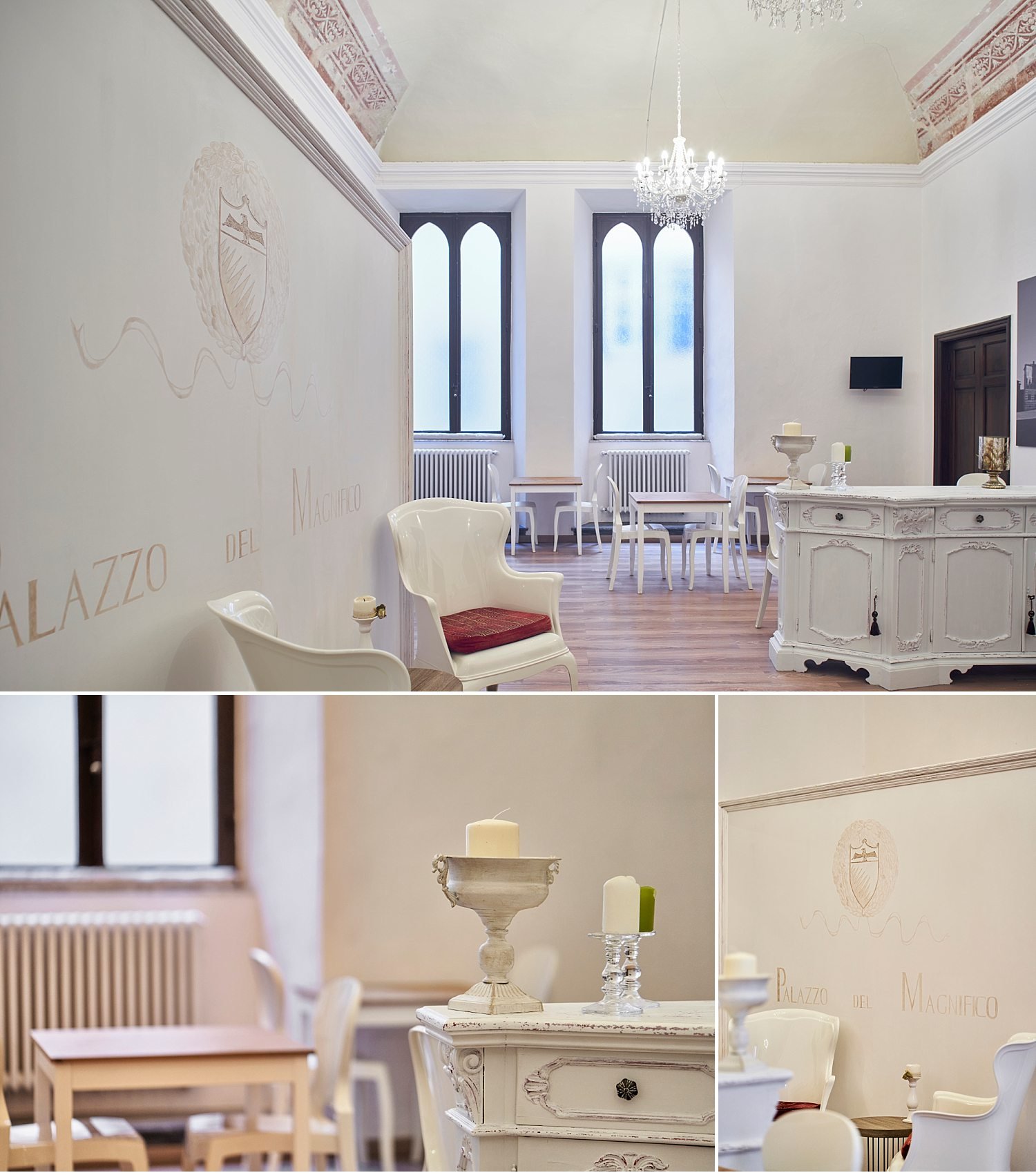5 Common Interior Photography Mistakes (and Why a Professional Makes All the Difference)
Photographing interiors requires more than just a good camera. It takes listening, precision, and a deep respect for the light and identity of the space. Yet even today, we often see images that distort reality or flatten architectural experiences.
Here are 5 common mistakes that reduce the quality of interior photography — and how to avoid them.
1. Using ultra-wide lenses carelessly
Yes, wide-angle lenses let you fit the whole room into one shot. But often, the result feels unnatural. Walls stretch, proportions become unrealistic, and the viewer ends up confused by a space that doesn’t really exist.
The fix: use more moderate focal lengths to preserve the natural scale of the space. Three balanced shots are better than one distorted image.
2. Overusing artificial lighting
Harsh lighting can destroy atmosphere. Natural shadows disappear, tones become flat, and the space loses personality. The result may look “staged,” but lacks authenticity.
The fix: work primarily with ambient light, supplementing only when needed — and always with subtlety. Every room has its own light: the photographer’s job is to reveal it, not rewrite it.
3. Using smartphone photos instead of professional ones
Smartphones are incredibly capable today — but when it comes to interiors, their limits show. Shots often appear flat, poorly exposed, and lack depth or proper spatial representation.
The fix: hire a professional photographer who knows how to interpret and capture space with the right tools, knowledge, and visual sensitivity. A good image doesn’t just show — it tells a story.
4. Neglecting visual details and styling
A wrinkled throw, a cable on the floor, a misaligned chair: minor things that disrupt visual harmony.
The fix: take time to style each shot, even down to the smallest elements. Details matter.
5. Ignoring color temperature consistency
Mixing daylight, LED, and tungsten lighting creates odd color casts that are hard to correct in post-production.
The fix: maintain consistent color temperature from the start, balancing your light sources to avoid unwanted tints.
Conclusion
Interior photography is not just a technical exercise — it’s a way of interpreting and elevating space. Avoiding these mistakes means honoring the work of architects and designers, and offering your audience a true, elegant, and compelling visual story.
A professional photographer makes all the difference between quick documentation and meaningful visual storytelling. Because a well-photographed space isn’t just beautiful — it’s unforgettable.


